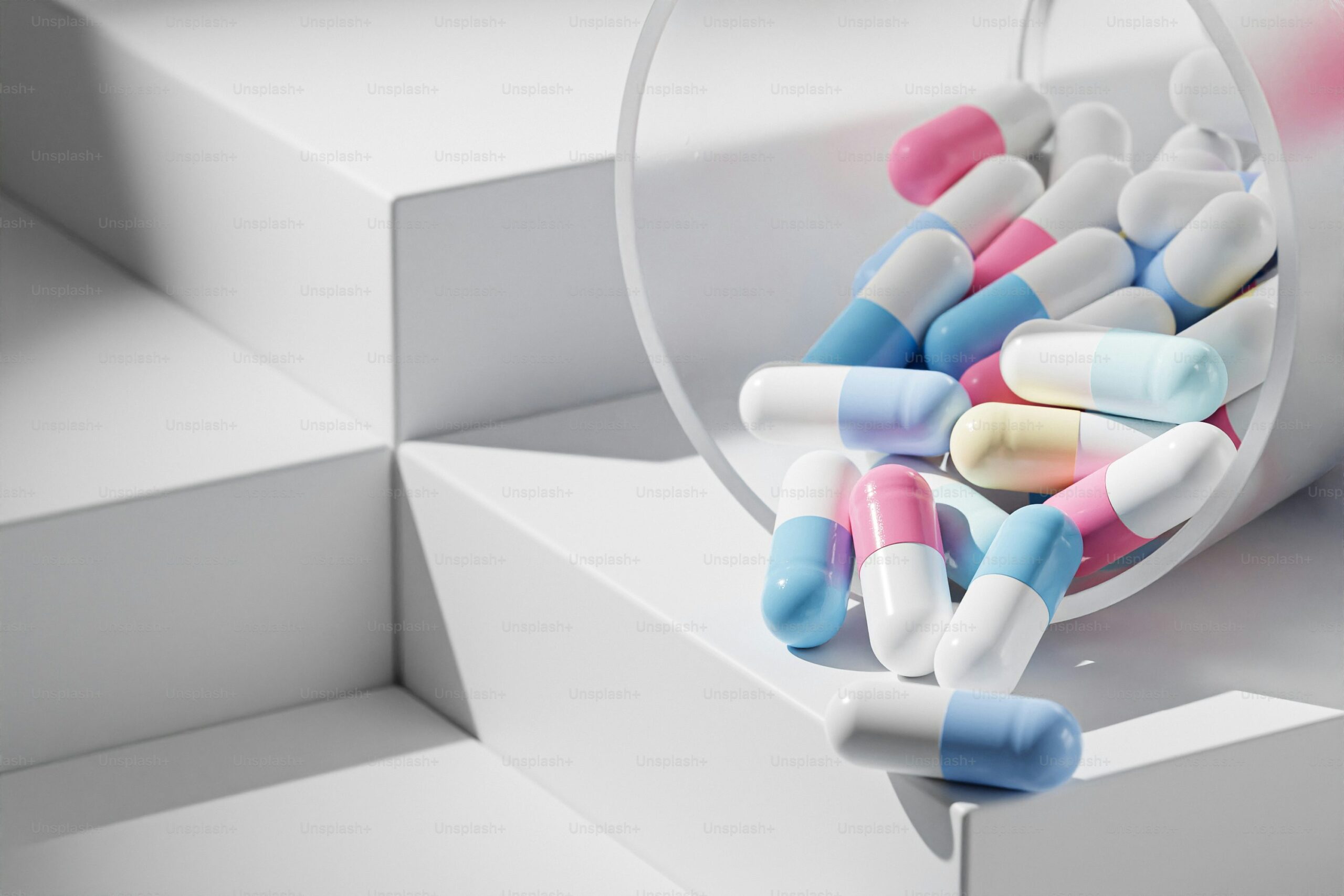Ever wondered why the same old medicine molecules never seem to go out of style? Let’s dig in and find out!
1. You Catch Colds, So Do Billions of Others
Let’s start simple—how often do you catch a cold, get a fever, or deal with a cough that just won’t quit? Well, guess what? You’re not alone. Millions of people around the world are dealing with the same everyday health issues.
That’s why common molecules like Paracetamol, Ibuprofen, or Ciprofloxacin are always in demand. These aren’t fancy new drugs—they’re old-school, reliable, and get the job done without drama.
When you reach for a tablet because your head feels like a drum or your sinuses are throwing a parade, it’s usually one of these tried-and-tested molecules. And globally, those small moments of “I need a pill!” add up fast.
So yes, demand is high, and for good reason—some medicines are just part of daily life, like tea bags or toothpaste.
2. Chronic Diseases Love Consistency (And So Do Patients)
If you have a parent or grandparent dealing with diabetes, blood pressure, or cholesterol, you already know how routine their meds are. Every day, without fail, the same medicine is taken, usually with breakfast or dinner, like clockwork.
These medicines rely on molecules like Metformin, Amlodipine, or Atorvastatin, which have been around for years and have become household staples.
Now, imagine this happening not just in your home, but in millions of homes across the world. That’s why these molecules never go out of demand—they’re managing health conditions that never really “go away.”
And here’s a cool fact: Because chronic conditions are long-term, pharmaceutical companies can predict sales of these molecules years in advance. Stability = demand = export goldmine.
Plus, most of these are generic drugs now, which means they can be produced affordably and shipped globally without patent headaches.
3. The World’s Got Bugs—So Antibiotics Stay Hot
No matter how clean your house is, or how many hand sanitizers you carry, bacteria and infections are just part of life.
That’s why antibiotic molecules like Amoxicillin, Azithromycin, or Cefixime will always be on everyone’s radar. From minor throat infections to more serious lung issues, these molecules come to the rescue daily.
And they aren’t just useful in one country—they’re used worldwide. From rural clinics in Kenya to hospitals in Germany, these medications are part of every pharmacy’s must-have list.
You might not even notice it, but whenever you get prescribed antibiotics, you’re tapping into a global supply chain that works 24/7 to make sure the world stays infection-free (or at least tries).
Even the World Health Organization (WHO) keeps an essential medicines list, and guess what? Most of these forever-in-demand molecules are right on it.
4. Emergencies Need Speed—and Familiarity
Let’s say someone gets rushed to the ER. The doctors don’t have time to flip through textbooks or run 20 tests. They need something they know will work—and fast.
That’s why reliable, fast-acting molecules like Adrenaline, Lidocaine, or Diazepam are used in emergency kits all over the world.
These aren’t trendy, Instagram-worthy medications. They’re life-savers, and their speed, efficiency, and proven track records make them irreplaceable.
You want your emergency medicine to work the first time, every time—and that’s why these molecules always top the demand charts.
5. The More We Globalize, The More We Standardize
Here’s a fun side effect of globalization—everyone wants the same thing.
If a certain drug works in the U.S., doctors in Brazil, Bangladesh, or Belgium are likely to prescribe the same. That’s why molecules approved by regulatory authorities like USFDA or EMA are in hot demand—they’re already trusted and used across countries.
And because many of these molecules have been on the market for decades, they’re familiar, reliable, and understood across borders.
So when a country imports medication, they often ask: “What’s working everywhere else?” That’s how common molecules become international celebrities in the pharma world.
Final Dose: Old Is Gold
In a world obsessed with new tech, new diets, and new apps, the pharmaceutical industry quietly proves that old-school molecules still rule the game.
You don’t need flashy branding or influencer marketing when you’re a tiny white tablet that works—every single time.
So next time you pop a familiar medicine, remember: you’re not just treating a symptom—you’re taking part in a massive, global dance of demand, trust, and reliability.
And that’s exactly why some molecules never go out of style. They’re simple, essential, and quite literally, life-saving.


